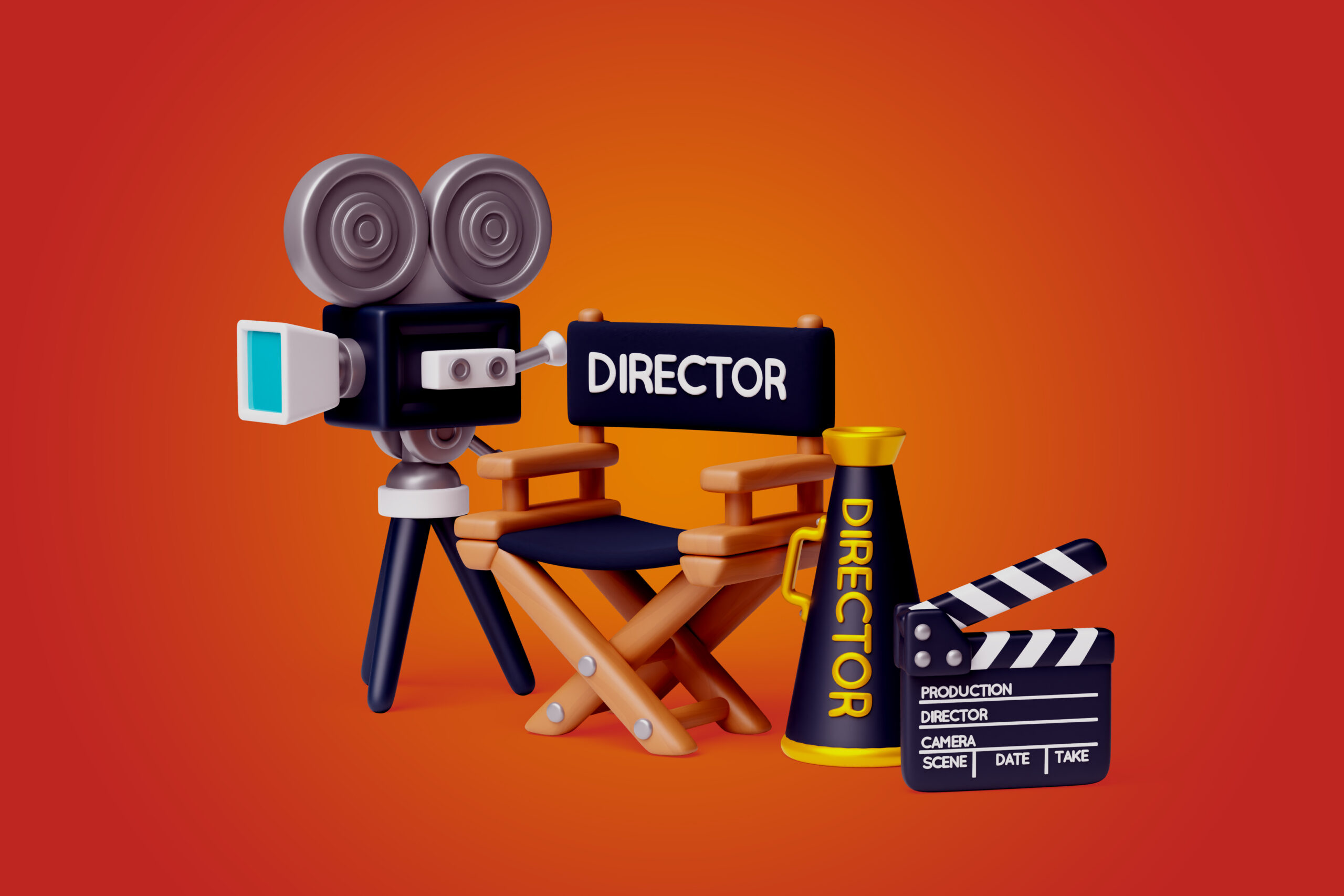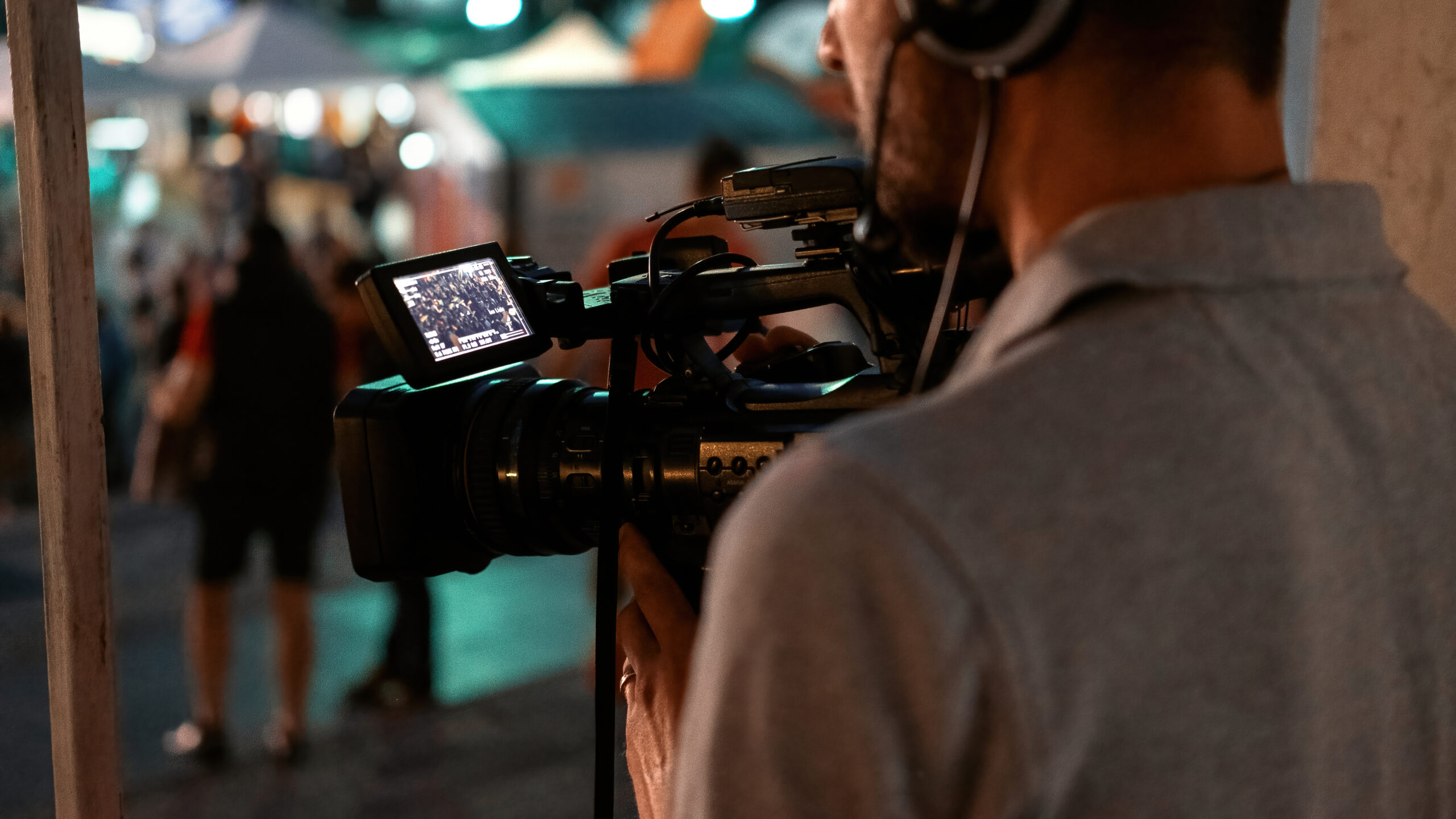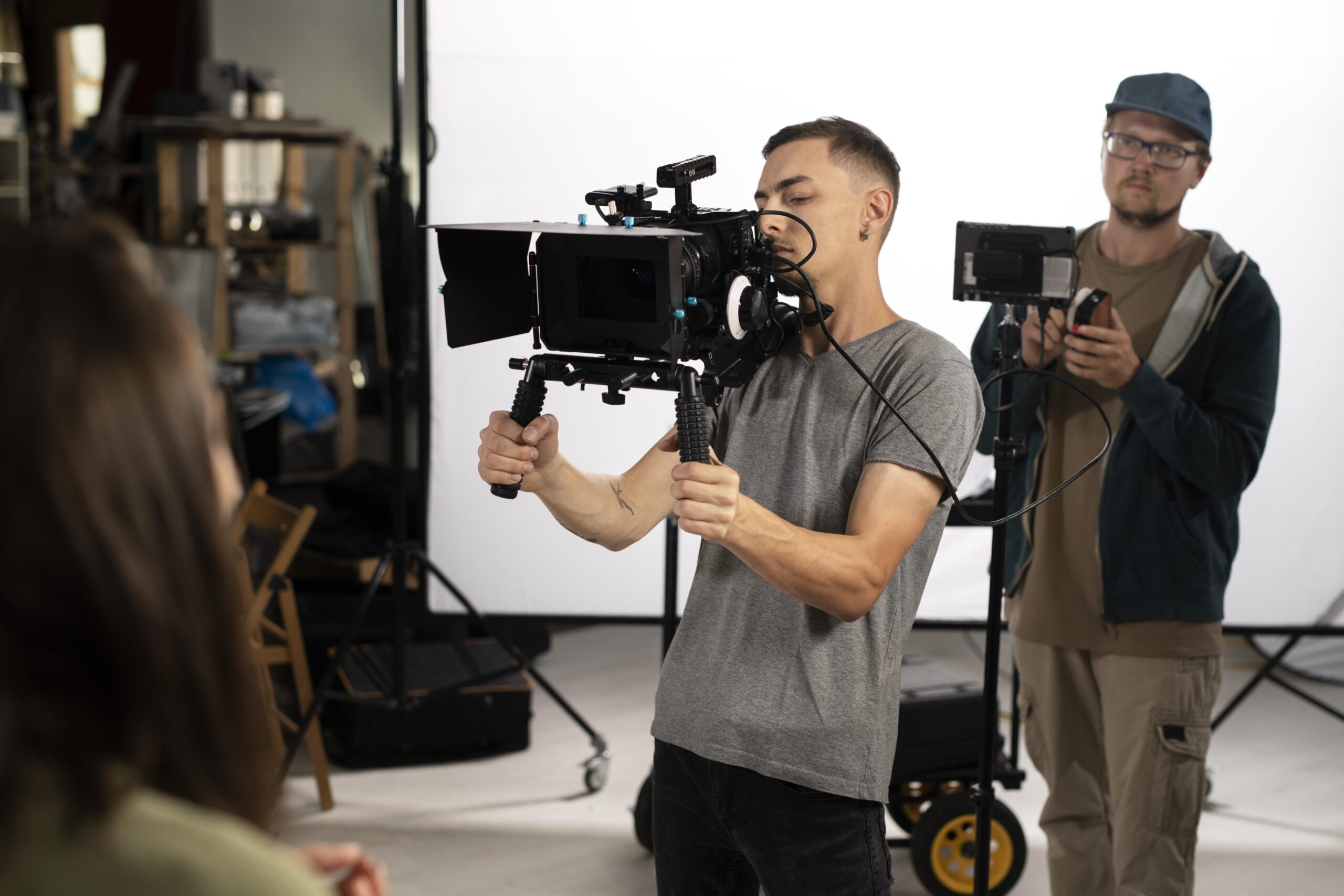Unlocking the Greatest Art: 5 Film making Methods to Boost Your Narrative Ability
In the world of filmmaking, narrative is king. A gripping story has the power to enthrall audiences, arouse feelings, and make an imprint that lasts. But great actors and a solid storyline are not the only ingredients in a great film storyteller. In order to improve the story and captivate audiences more deeply, it also requires the expertise of a variety of filming techniques. Here, we explore 5 film making methods that might improve your storytelling and help you reach your artistic potential.
Table of Contents

Visual Storytelling:
Visual storytelling is one of a filmmaker’s most effective film making methods. Rather than using direct speech or exposition, this technique conveys story components through the use of visuals, composition, lighting, and camera movement. Filmmakers can effectively provoke emotions, establish mood, and communicate subtext by using deliberate framing and cinematography.Take the films of well-known director Alfred Hitchcock, a master of narrative design. Hitchcock used creative visual effects and exact camera angles to fully immerse viewers in the psychological aspects of his storylines in movies like “Vertigo” and “Psycho.” Aspiring filmmakers can master the craft of visual storytelling and use its transforming power to improve their own narratives by studying Hitchcock’s films.
Story Organization:
A strong narrative framework serves as the cornerstone around which an engaging story is constructed. To keep spectators interested from start to finish, filmmakers must carefully examine the timing, rhythm, and flow of their narratives, whether they choose to experiment with nonlinear storytelling approaches or stick to a classic three-act format. The movie “Memento” directed by Christopher Nolan is a great illustration of an inventive story framework. “Memento” creates a sense of confusion and fascination by immersing viewers in the protagonist’s fractured vision through its inventive use of reverse chronological order. By breaking traditional storytelling rules, Nolan improves the viewing experience and creates a story that stays with you long after the credits have rolled.
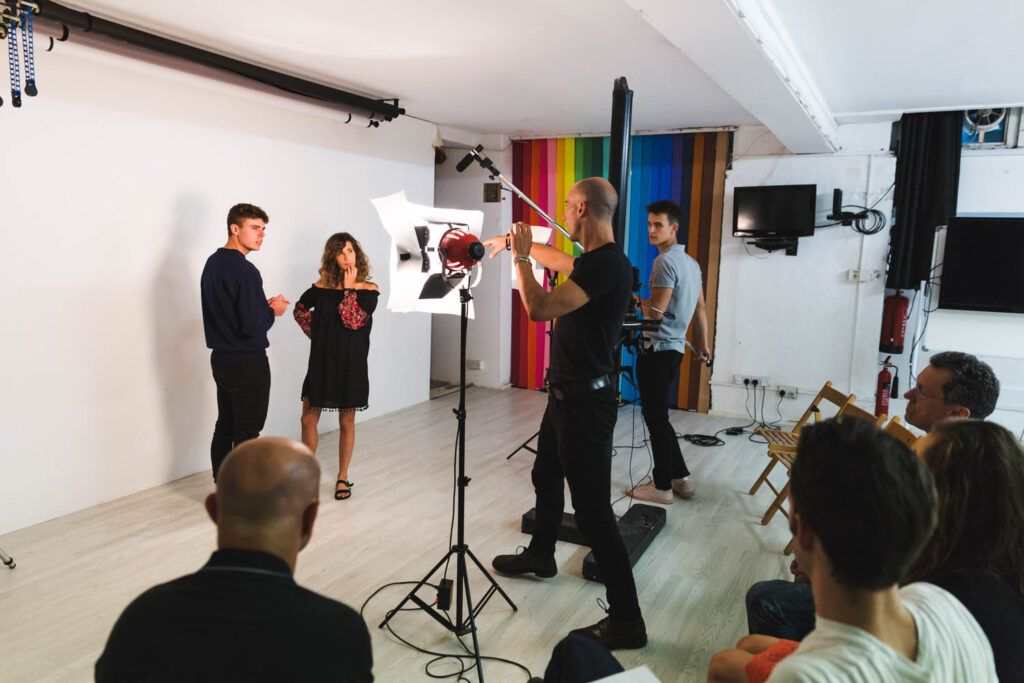
Character Formation:
A remarkable narrative is fundamentally driven by its captivating characters. Filmmakers can give their characters and antagonists depth through detailed characterization, which enables viewers to deeply identify with their challenges, victories, and internal conflicts.Consider the character-driven dramas that Martin Scorsese has helmed. In movies like “Taxi Driver” and “Raging Bull,” Scorsese explores themes of alienation, redemption, and self-destruction with an unvarnished honesty and humanity, delving deeply into the minds of his imperfect heroes. Through a focus on character development, Scorsese creates stories that go above genre and tradition to connect with viewers on a profoundly human level.
Audio Visual Design:
Sound design, which is frequently eclipsed by its visual equivalent, is an essential component in determining the emotional tone of a movie. Every auditory component, from music and conversation to sound effects and ambient noise, enhances the immersive storytelling experience by building suspense, creating an atmosphere, and evoking viewers’ emotions.Take horror mastermind David Lynch’s spine-tingling soundscapes, for example. Lynch uses sound design to evoke a spooky feeling of dread in movies like “Mulholland Drive” and “Twin Peaks,” where the distinction between reality and a nightmare is blurred. Lynch increases the psychological impact of his stories by utilizing sound, which leaves viewers both uneasy and enthralled.
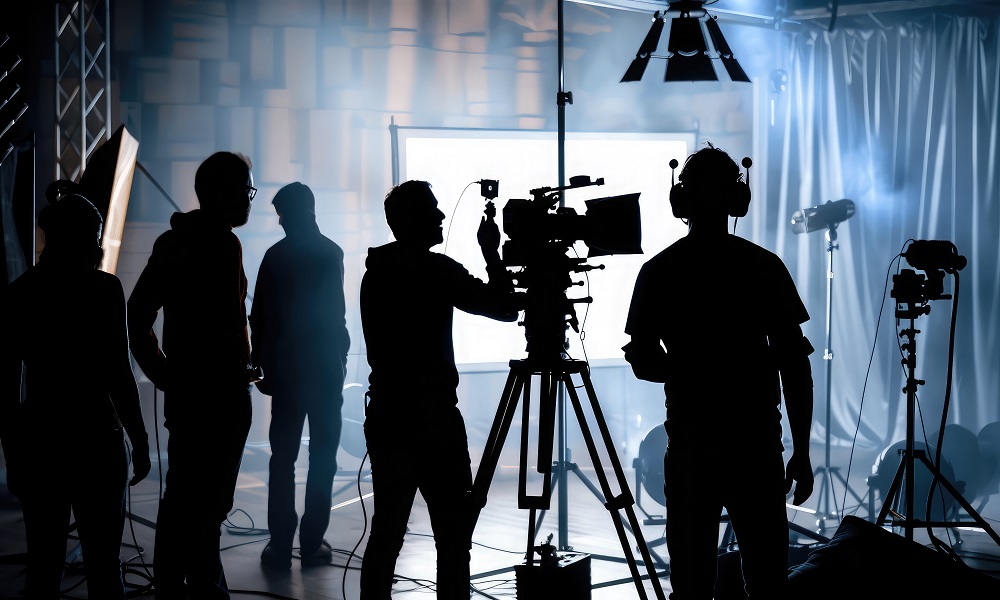
Metaphors and Symbols:
When used skillfully, symbolism and metaphor may give a story more depth and complexity and allow viewers to understand its themes and motifs in a variety of ways. Whether it be through allegorical subtext, recurrent themes, or visual imagery, symbolism can enhance the storytelling experience and provoke thought-provoking conversation among viewers.Stanley Kubrick’s films are prime examples of how symbolism may be used effectively in film. From the imposing monolithic obelisk in “2001: A Space Odyssey” to the intricate hedge maze in “The Shining,” Kubrick’s stories are rife with symbolism that begs for many interpretations and analyses.
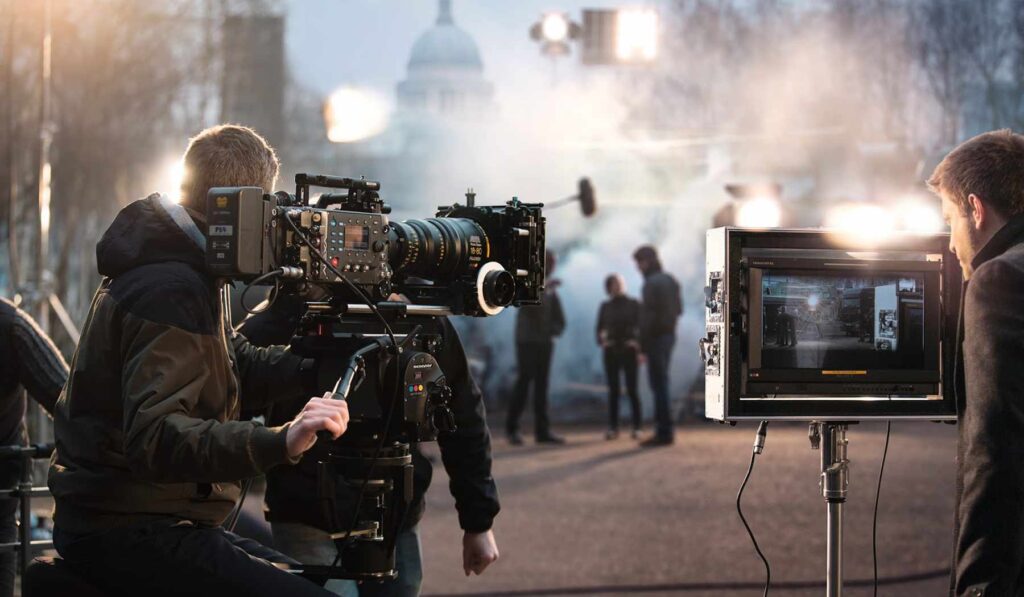
Film Making Methods:
Filmmaking storytelling is an art form that demands a multimodal approach that incorporates narrative, visual, and aural elements. Filmmakers can improve their storytelling skills and realize the full potential of their work by embracing film making methods like visual storytelling, creative narrative structure, character development, sound design, and symbolism. Brilliko Institute of Multimedia provides best knowledge about film making methods. Filmmakers can produce powerful and long-lasting cinematic experiences by experimenting, exploring, and adhering to the highest standards of storytelling.


